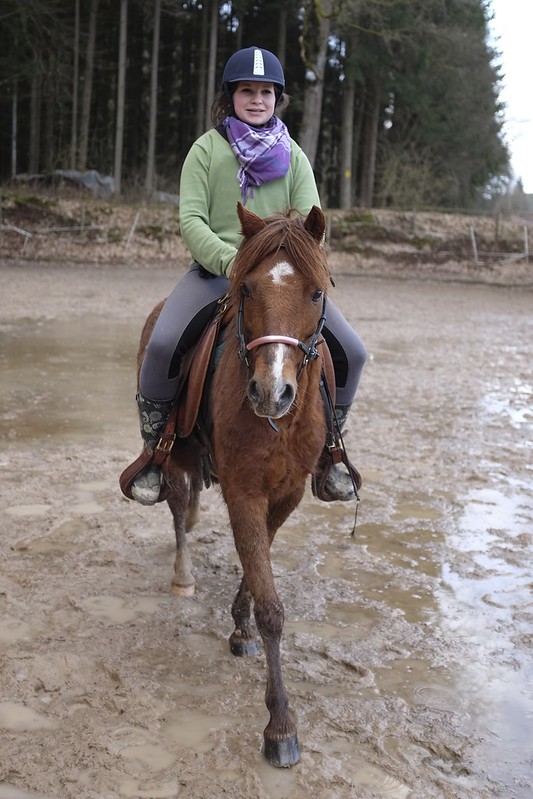by Rico Pfirstinger
Talk to Rico (questions & feedback) – Sample images set – Comparison images set
The X100S is an evolutionary camera, improving the classic X100 without taking away what most users valued in the first place. Sales of the original X100 (about 130,000 units globally) did beat expectations. The camera also inspired competing manufacturers to enter the mirrorless fixed-lens compact market, and it served as a blueprint for Fuji’s own line of mirrorless system cameras. Without the X100 and its (then revolutionary) hybrid viewfinder technology, there wouldn’t be an X-Pro1. Make no mistake: The X100 is the foundation of Fuji’s X series.

Alas, it’s foundation with some flaws—many of which have been addressed with numerous firmware updates. However, firmware can’t fix everything, especially not hardware oversights, and even though the X100S very much looks like an “old” X100 at first and second glance, it is a different and better camera thanks to extensive user feedback.

Let’s have a look at some of the changes and improvements that have been made regarding operation, features and design of the new X100S vs. the classic X100.
Speed
The X100S is not only faster, it’s also more responsive. Startup time and writing speed to SD cards have been accelerated. Of course, you need to use the fastest SD cards available (such as SanDisk Extreme Pro UHS-1 95 MB/s) cards to fully take advantage of this feature. The X100S shoots a maximum of 6 frames per second (vs. the X100’s 5 fps) in FINE+RAW, with no actual limit in the number of frames that can be continuously recorded. The X100S never locks up in burst mode, it just slows down. Unlike the X100S, the classic X100 needs an actual break after 8 frames and locks up until all 8 images have been transferred to the card.
With the X100S, the shooting interval in single frame (still image) mode has been reduced from 0.9 to 0.5 seconds, and you can immediately playback an image directly from the buffer, even while the camera is still saving shots to the SD card in the background. Image display (preview) options have been changed from 1.5 and 3 seconds to a more suitable 0.5 and 1.5 seconds. Of course, “off” and “continuous” preview modes are still available. Oh, and the eye sensor now also works when image preview is engaged.
Autofocus is has become more responsive, too, both in the classic contrast detection (CDAF) and even more so the new phase detection (PDAF) mode. On-sensor PDAF is now available in an focusing area roughly as large as the center 9 AF fields, and it will automatically engage at suitable light levels of about 5 EV or higher. PDAF is also available in Movie mode (which now offers Full HD at up to 60 fps), as are all three focusing modes (AF-S, AF-C and MF). In manual focus (MF) mode, the MF ring is more responsive and actually quite usable. The AF distance range for the EVF and LCD has been improved from 40cm-∞ (X100) to 21cm-∞ (X100S), and the shooting range in the OVF has been expanded from 80cm-∞ to 50cm-∞, so you will have to switch to macro mode less often.
Like the X20 and X100 (and X-Pro1 and X-E1 with current firmware), the X100S operates with AF priority: When you fully depress the shutter button in one swift motion (vs. first half-pressing it to lock focus and exposure), the camera will take the picture immediately after it has acquired focus. This “trick” can be used to catch moving subjects, like this pony trotting towards the camera:

Focus was directed at the horse’s head, with open aperture (f/2) to minimize the depth-of-field (DOF). As you can see in the cropped image above, the pony’s head is perfectly in focus. Click on the image for larger viewing options.
Split Image
Another notable improvement are the camera’s new manual focus aids: Digital Split Image and Focus Peaking. The former uses PDAF pixels on the sensor to simulate split image focusing as you may know it from older MF SLRs. Click here for a demo: http://youtu.be/_fJDX1hzUIg. The latter, called “Focus Peak Highlight”, delivers classic focus peaking over the entire image frame by outlining/highlighting those areas of the image that are currently in focus. This is a software feature, so I’m confident we will also see it in future firmware releases for the X-Pro1 and X-E1. Click here for a demo: http://youtu.be/PMdQpgOzd4o. By pressing the command dial for about a second, you can easily rotate between the different manual focusing aids.






